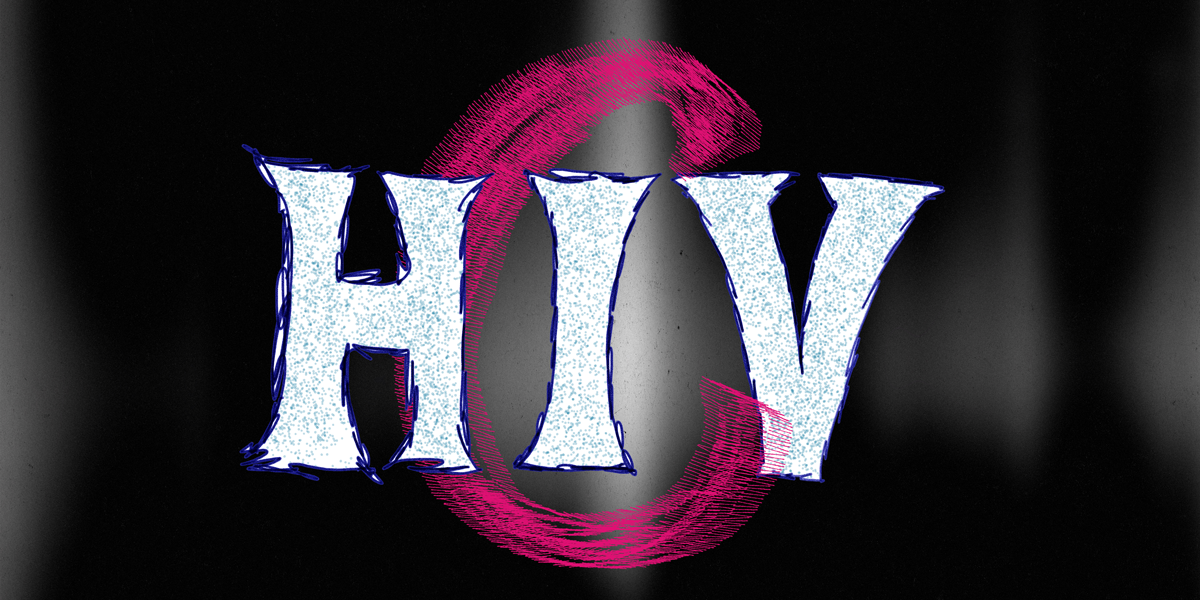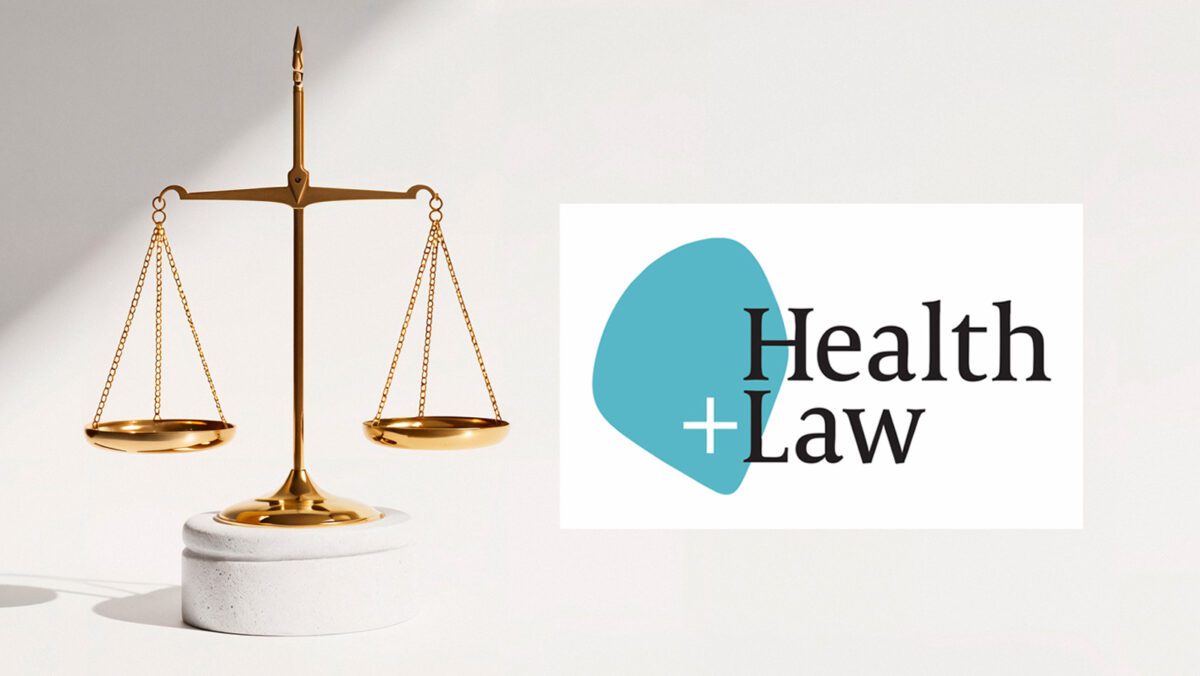A unique longitudinal real life study on entecavir-treated children and adolescents have found that HBV DNA results at six and twelve months after starting treatment, are predictors of viral suppression. Another predictor of success is an age of infection at 10 years or older.
The study results, based on data collected from 44 patients, support entecavir as a safe and effective treatment for adolescents with chronic hepatitis B.
Believed to be the first long-term study on hepatitis B treatment for children and adolescents, the research also found that duration of entecavir therapy was an important factor in achieving successful outcomes. On average, the odds of undetectable hepatitis B DNA increases by about five per cent with each additional month of therapy.
Results
Outcomes were measured by HBV DNA levels, hepatitis B e antigen seroconversion (i.e. development of hepatitis B e antibodies) and ALT activity (liver function).
Researchers found that those who had undetectable HBV DNA at six months and twelve months of treatment were more likely to have a sustained response rate (SRR) at three years. SRR is defined as undetectable hepatitis B DNA, loss of hepatitis B e antigen and restoration of normal liver function.
Predictors of sustained response rate: age at infection & DNA results at 6th &12th month of treatment.
The study also found that adolescents who were 10 years old or more when they were infected were three times more likely to achieve undetectable hepatitis B DNA than those who were younger at infection.
Overall, data from the study showed that after four years 89.7% of the entecavir-treated adolescents had undetectable hepatitis B DNA (<20 IU/mL), 55.4% achieved hepatitis B e antigen seroconversion and there was a high of ALT normalization rate of 95.45%.
None of the people reported any significant side effects from the treatment.
Controversial
Children infected with hepatitis B during birth or in the first year of life have a high risk of developing chronic hepatitis B with potentially severe consequences such as liver cirrhosis or liver cancer.
Despite the availability of a hepatitis B vaccine, some children may not have access to it or have not completed the full course of vaccinations. Others may have contracted the virus prior to vaccination or were born to mothers with hepatitis B and did not receive immuno-prophylaxis at birth.
There are also about five per cent of infants who contract hepatitis B from their mothers despite having received the appropriate immunoglobulin injections and vaccinations.
The goal of hepatitis B treatment is to reduce virus replication and minimise damage to the liver. Treatments currently used for treating hepatitis B are interferon-alpha, lamivudine, adefovir, entecavir and tenofovir.
Hepatitis B infection progresses through an immune-tolerant phase during which treatment is not effective. Children and adolescents are often in the immune-tolerant stage. This, together with risks of developing resistance, makes the treatment of chronic hepatitis B in children and adolescents controversial. Some children with chronic hepatitis B required treatment to prevent cirrhosis and liver cancer. This is especially so where there is co-existing liver disease and a family history of cirrhosis or liver cancer.
The data from this study is similar to numerous studies on treatment of adults using entecavir. The study was published in PLoS ONE on 29 September. Read the full report.
Last updated 3 June 2024
More from:
Enjoyed this article? Subscribe to be notified whenever we publish new stories.
Subscribe for Updates





